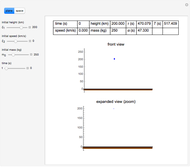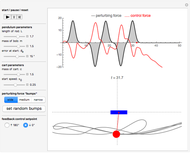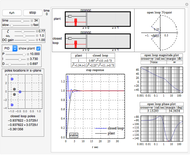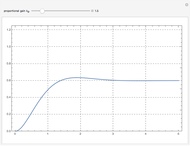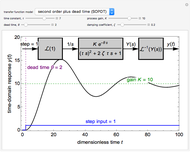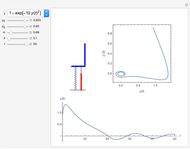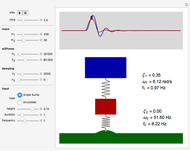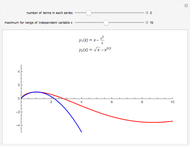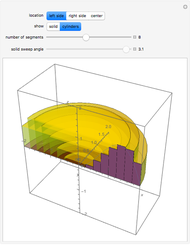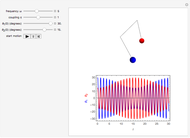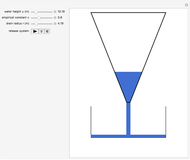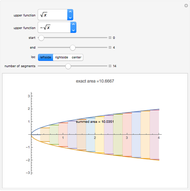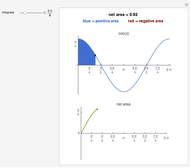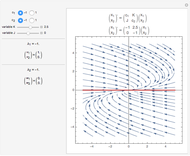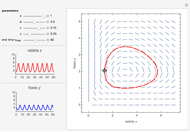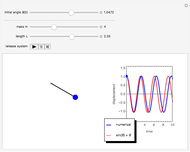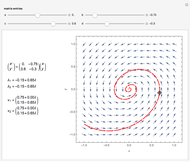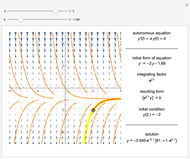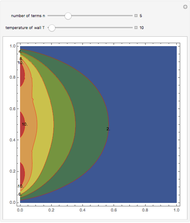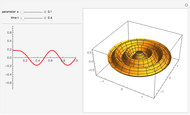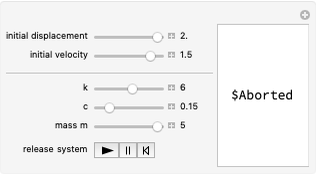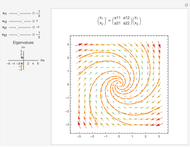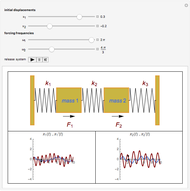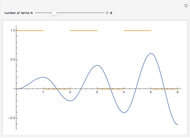Inverted Pendulum Controls

Requires a Wolfram Notebook System
Interact on desktop, mobile and cloud with the free Wolfram Player or other Wolfram Language products.
The problem is to move the cart supporting a rod so that the rod does not fall, or—even better—so that the rod stays vertical. This classic problem appears in the control of the Segway invented by Dean Kamen. The solution shown here uses a proportional derivative controller. Other parameters can be examined using this example, but at some point it becomes too complicated for a simple visualization. You can vary several parameters to demonstrate the stability of the device, which can be instructive. The problem includes free body diagrams and variables that can be included in future versions.
Contributed by: Stephen Wilkerson (Towson University) and Nathan Slegers (University of Alabama, Huntsville) with contributions by Franz Brandhuber (March 2011)
Open content licensed under CC BY-NC-SA
Snapshots
Details
Here are the equations used:


Control law:

glossary of terms:
 is the length of the pendulum
is the length of the pendulum
 is the small mass on top of the pendulum
is the small mass on top of the pendulum
 is the mass of the sled
is the mass of the sled
 is the force applied to the sled to keep the pendulum in the vertical position
is the force applied to the sled to keep the pendulum in the vertical position
 is the force on the small mass (here 0)
is the force on the small mass (here 0)
 is the rotation of the pendulum
is the rotation of the pendulum
 is the rotation rate of the pendulum
is the rotation rate of the pendulum
 is the rotational acceleration of the pendulum
is the rotational acceleration of the pendulum
 is the displacement of the sled
is the displacement of the sled
 is the velocity of the sled
is the velocity of the sled
 is the acceleration of the sled
is the acceleration of the sled
 is the acceleration due to gravity
is the acceleration due to gravity
 is the angular damping of inverted pendulum shaft
is the angular damping of inverted pendulum shaft
 is the initial angle of the pendulum
is the initial angle of the pendulum
 is the initial angle rate assumed as zero
is the initial angle rate assumed as zero
 is the initial displacement of the sled assumed at zero
is the initial displacement of the sled assumed at zero
 is the initial velocity of the sled assumed at zero
is the initial velocity of the sled assumed at zero
 is the proportional displacement gain
is the proportional displacement gain
 is the proportional angle gain
is the proportional angle gain
 is the derivative displacement gain
is the derivative displacement gain
 is the derivative angle gain
is the derivative angle gain
Permanent Citation








